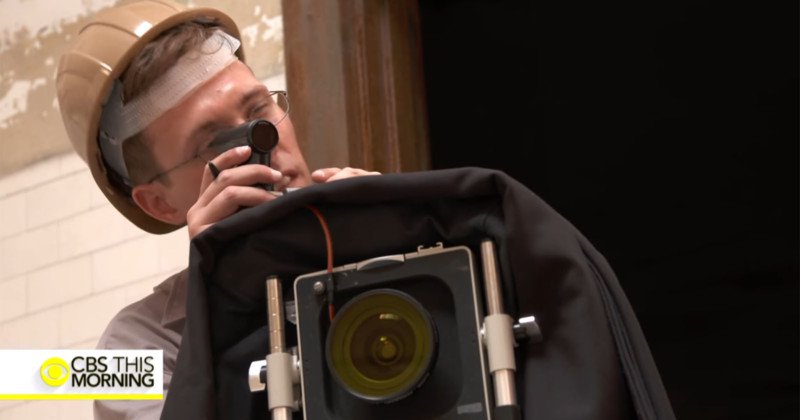
![]()
In December 2015, the Internet was abuzz with a National Park Service (NPS) job listing that was considered the search for “the next Ansel Adams”: a position for a black-and-white large format photographer with a salary up to $100,000 per year.
The full-time photography opening called for large format experience to document both features within the National Parks as well as “outside in the communities around the parks, sites that aren’t under the umbrella of the National Park Service but are still significant in American history,” according to Dr. Richard J. O’Connor, Chief of the Heritage Documentation Program.
The Historic American Buildings Survey (HABS), the Historic American Engineering Record (HAER), and the Historic American Landscapes Survey (HALS) – all parts of the NPS’s Heritage Documentation Programs – require large format photography for inclusion in their respective collections in the Library of Congress. In addition to providing much higher resolution than 35mm photography, large format allows the photographer to use shift and tilt controls to control the rendering of perspective, and the polyester-based large format film is more durable than the acetate used in 35mm roll film.
In July 2016, NPS announced that Milwaukee native Jarob Ortiz edged out nearly 5,000 applicants for the position, and Ortiz soon drove to the Washington, D.C. area to begin work.
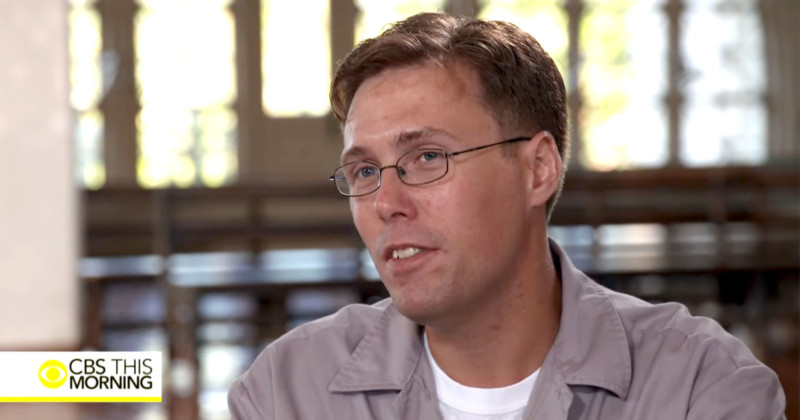
After spending time getting his darkroom in order, Ortiz went to work. He traveled around the country documenting landmarks like Frank Lloyd Wright’s Schwartz House in Two Rivers, WI, the Bloede Dam in Maryland, and the Baggage and Dormitory Building on Ellis Island, which led to a profile on CBS This Morning.
We spoke to Ortiz via e-mail.
There was a lot of buzz on social media when the Parks Service posted the job opening. I suspect a lot of people were interested but deterred by the large format photography requirement. What background did you have with this increasingly rare analog format?
My background in large format photography started at my photography program at the Milwaukee Area Technical College. There I was formally trained on how to use the view camera. I was taught what each camera movement is responsible for and how they can be utilized effectively to solve different photographic problems. I instantly fell in love with the system because I recognized how versatile the camera was for photographing architecture and landscapes; my two favorite photographic subject matters going into the photography program.
After graduating in 2013, I continued to regularly use the view camera for personal work and for a few commercial architectural jobs. During this period I was shooting a lot more color transparency film than black and white. I did this because I found color transparency to be much more challenging to work with than both b&w and color negative film. The limited exposure latitude constantly keeps me on my game and forced me to find a creative approach when capturing scenes with extreme contrast (deep shadows and bright highlights). It taught me how utilizing fill flash in a number of different situations – including some of my landscape shots.
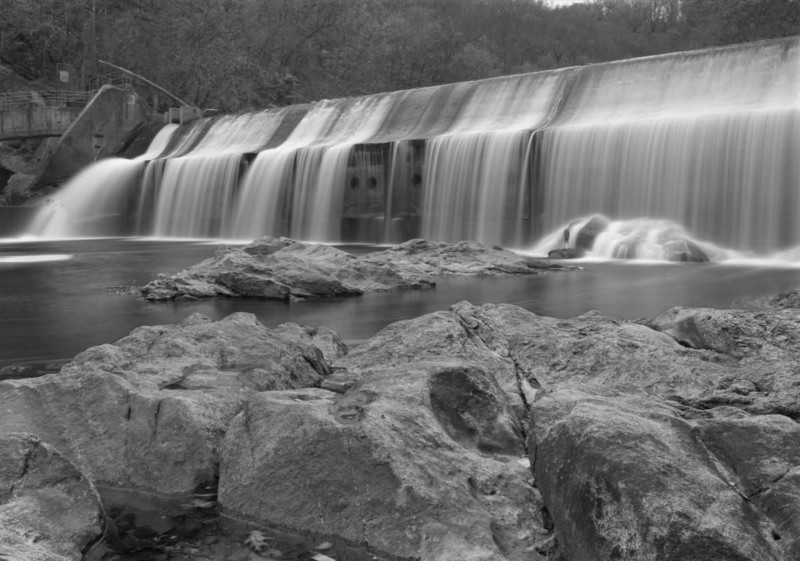
While most of the world has gone digital, what are the reasons for the Parks Service to continue shooting film? Have there been any discussions about using equipment like the Phase 100MP system?
Here at the National Park Service we are still shooting film because the Library of Congress likes to have a tangible record of each documentary photograph. The negative serves as this tangible, unaltered record. If properly processed and stored, a negative will outlast a print by a few hundred years. It’s quite remarkable.
With that said, we have begun discussions with the Library of Congress to move the Heritage Documentation Programs into the digital era. I’m currently giving the 100MP Phase One system the most consideration for our transition, but before that can happen, we need to iron out the guidelines and standards for born digital photography as they relate to documentation photography. We are currently working hand in hand with the Library of Congress to have these ready by the end of 2017.
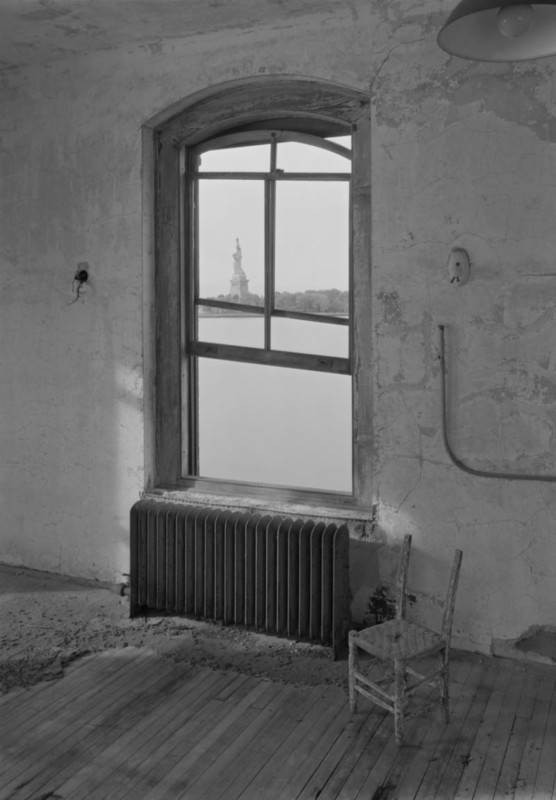
What type of gear are you using?
The cameras I use are a 5×7 Linhoff camera and a 4×5 Arca-Swiss F-Field C View camera.
The lenses I use are Schneider, Nikkor, or Rodenstock lenses. 72 mm; 90 mm; 121 mm; 150 mm; 240 mm; 300 mm; and 480 mm on the 5×7 camera. 65 mm; 72mm; 90 mm; 150 mm; and 210 mm on the 4×5. I always fit the lens with a b+w contrast filter (typically yellow).
For lighting I use two 1000ws Profoto D1 Air heads and two 500ws Profoto D1 Air heads fitted with various different sized Profoto softboxes and umbrellas.
The tripod I use is a set of Gitzo Moutaineer Series 3 Carbon Fiber Legs with an extra industrial head made just for the 5×7 Linhoff. To be honest, I have no idea where the NPS got this head. I think it may be an older, more robust version of the Manfrotto Deluxe 400 head, but not 100 percent sure on that. There’s no label on this thing anywhere. For the 4×5, I use a Manfrotto 410 Junior Gear head that’s been modified for exclusive use with the Arca-Swiss rail system.
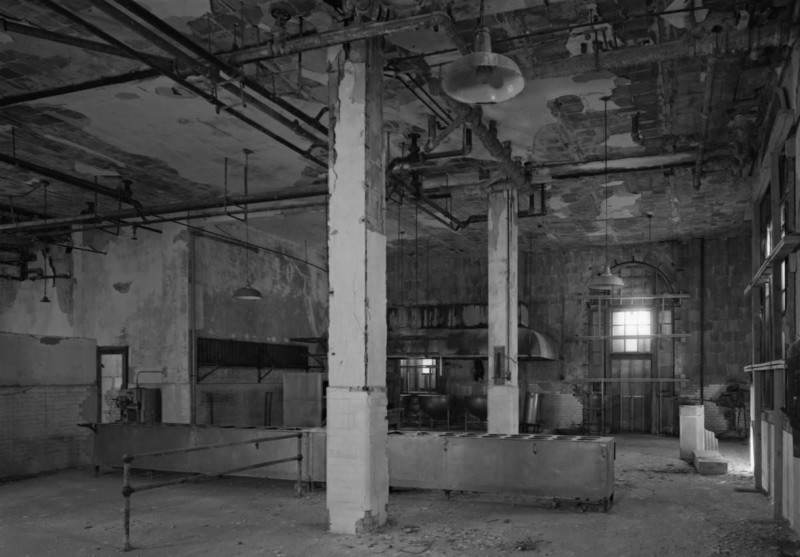
I think many people think you spend your days shooting Yosemite or Yellowstone, but what has the reality of the first six months been like?
The reality of the first 6 months has been nothing but architecture. It’s what I shoot the most and it’s why I was hired for this job – because I was the only candidate in the pool that submitted a strong architectural portfolio comprised solely of large format images.
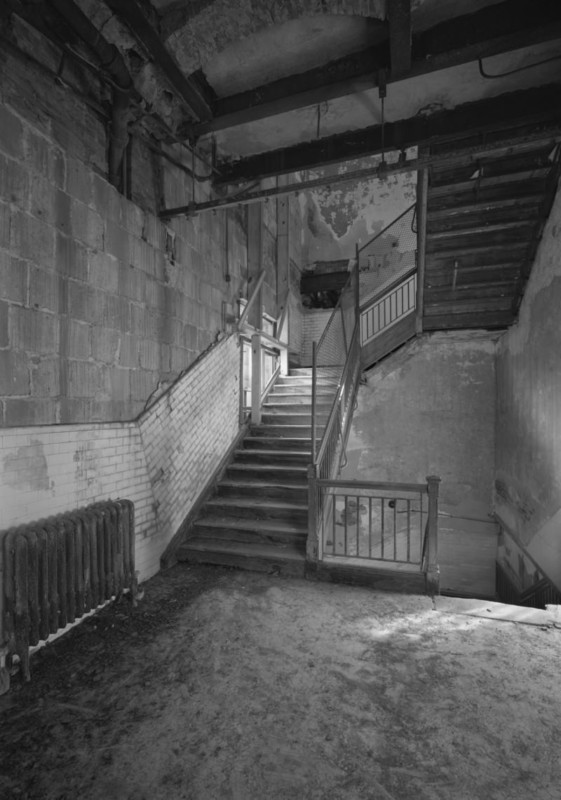
The average photographer traveling to a National Park or monument is probably thinking of taking a photo that will get the most “likes.” How do you conceive of an image, and what do you want your images to accomplish?
When I approach an area to photograph the first thing I consider is the most important historic element that needs to be recorded. I typically walk around the subject matter and analyze it from every visible side. I like to see how the natural light interacts with it and then determine whether or not that subject matter is fit to shoot at that moment or if I can complete another task while I wait for the light to shift.
Not every photograph is an eye-catcher. Sometimes the end photo can be quite mundane, but not any less important. The photo still serves as a historic record and must showcase all relevant information to help supplement the rest of the historic report (i.e. measured drawings, written history, laser scan, etc.).
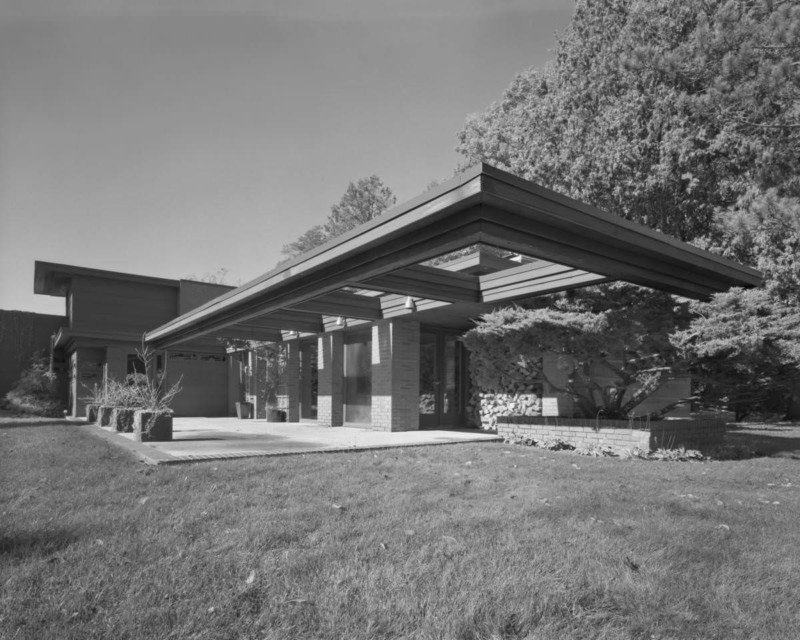
Your career path didn’t include attending “name brand” schools with renown photography departments, yet you have scored what most photographers would consider a dream job. With all the discussion around the affordability of college, the demise of for-profit schools like the Brooks Institute, etc, why do you think you have been successful?
I think I’ve been successful because I knew exactly what I wanted from my school and from photography in general. Before I just jumped into a program, I researched all the photography programs in Wisconsin and the Chicago area. I wanted an affordable program that taught large format camera techniques in conjunction with the application of a working analog zone system. Thankfully that program was located right there in my hometown of Milwaukee at the Milwaukee Area Technical College.
Also, I definitely give my instructors a lot of credit for instilling an enormous amount of discipline into my everyday workflow. I really think that is the ultimate key to my success – the patience and discipline I need to exercise in order to execute large format film photography properly. Everything is very process[-oriented] with these kinds of cameras. The way you set up the camera, focus an image, set up lights, measure light, take notes, develop film, printing – every step has its own rules and they must be addressed in a certain order. It’s really all about patience and discipline.
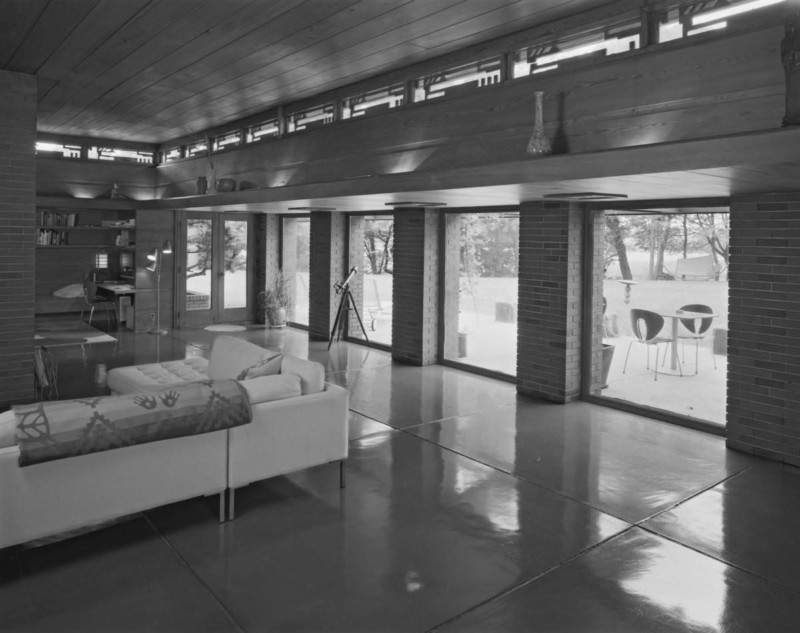
You’re obviously still new to the job and relatively early in your career, but what sort of legacy do you want to establish with your photography with the National Park Service?
As far as my legacy is concerned – I’ve never really given it much though other than I want history to show that I did this job the best I could and with all of my heart day in and day out. Words cannot express how absolutely grateful I am to have been given this opportunity to work for the National Park Service. This is a dream come true.
About the author: Allen Murabayashi is the Chairman and co-founder of PhotoShelter, which regularly publishes resources for photographers. The opinions expressed in this article are solely those of the author. Allen is a graduate of Yale University, and flosses daily. This article was also published here.

